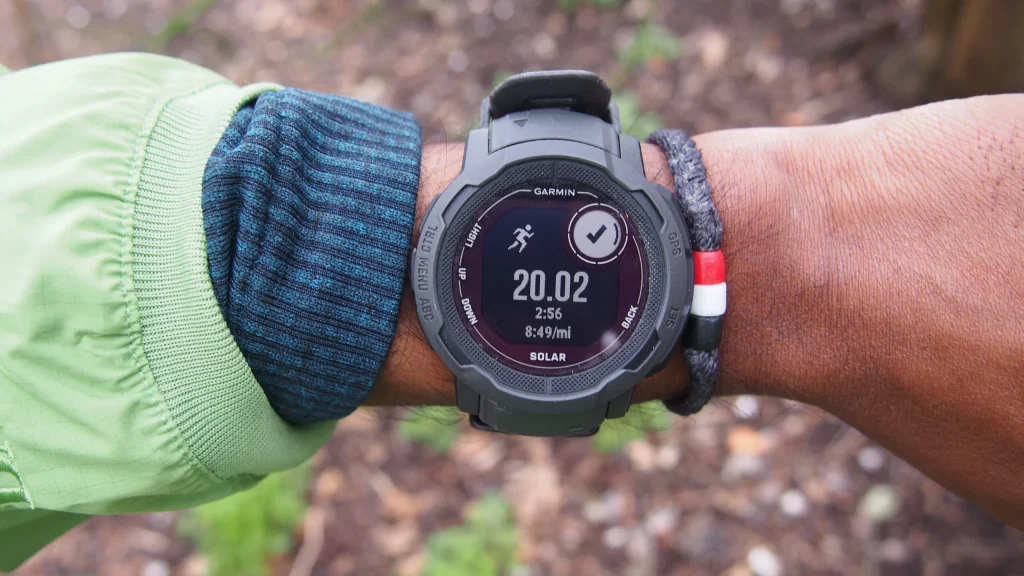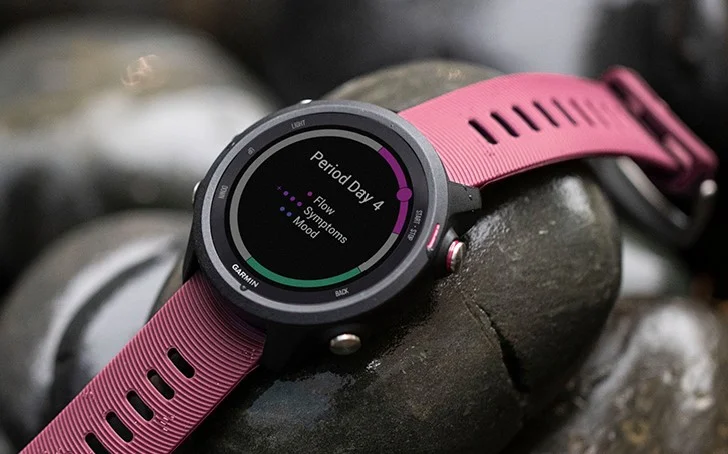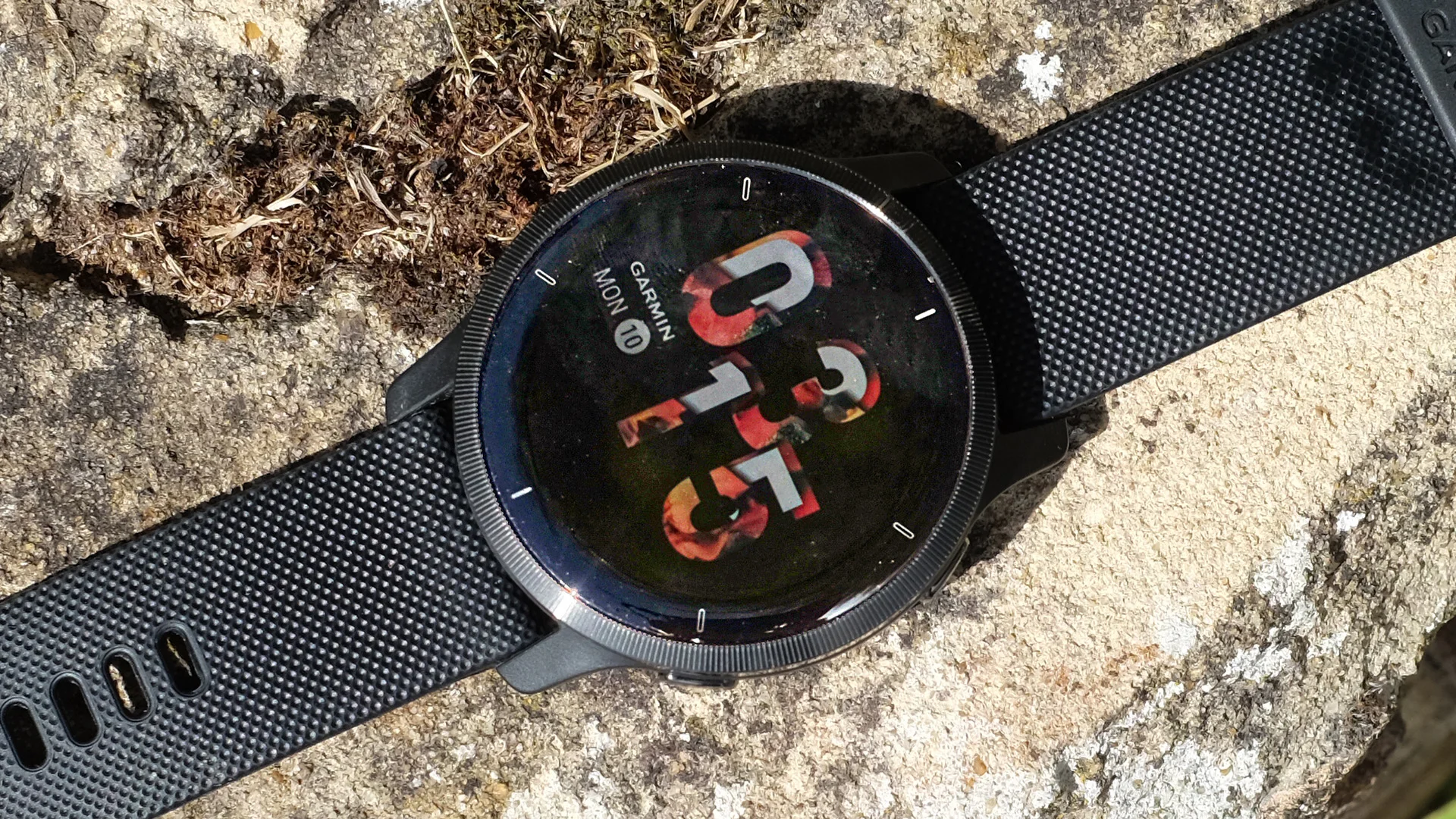Given that the number of people choosing to adopt a more environmentally friendly lifestyle has increased, many individuals have switched from traditional timepieces to solar-powered and solar-powered variants.
Solar-powered watches are becoming increasingly popular, and you’ll find them in a variety of styles. They’re so handy! When the battery is running low, all you have to do is expose them to sunlight, and it will continue operating correctly. We’ve put up detailed instructions on how to charge your solar-powered timepieces quickly.

Regular Charging
First, see whether it’s time to recharge your watch. The dial on the watch will tell you if it needs to be recharged. On most solar watches, a pointer bar will show the battery’s current condition. It’s time to expose your watch to the sun when this bar reaches the bottom.
Simply shine a strong light on the tiny solar panel on your watch and it will begin to charge. It’s that easy! Simply place it in direct sunlight (for example, outside or on a window) for it to operate. Cover your arm if you’re outdoors and have it in your hand.
Second, check how much battery is left on your watch after you’ve recorded the time and date. If your watch’s battery runs out because it is empty, there are a variety of reasons why this may have happened. It’s also conceivable that when you’re attempting to tell time or read the date, your wristwatch won’t function correctly since there isn’t enough electricity in the system to do so. In addition, if you attempt to change modes but are unable to go past one stage (for example, from stopwatch mode to countdown mode), and neither of those two is functioning, then charging for 10-20 hours will fix all of these problems.
That means it must be placed in a location that is exposed to the sun. However, during the winter, it will take three times longer – about 60 hours – to get there. It’s also possible to charge a solar watch indoors, but you need to make sure it receives enough light.
However, if you’re wondering how to charge a solar watch without the sun or whether it’s even possible, keep in mind that a solution does exist, but you’ll have to deal with the fact that you won’t be able to use it for a few days. The problem is that it takes significantly longer to charge the watch using artificial light than natural sunlight.
Temporary Charging
The watch will last for months, sometimes even a year if it is fully charged. But if you realize the situation is dire and that you need to give it a little boost right now, all you have to do is set it in the sun for three minutes, and it will be able to operate for the next 24 hours. However, when working under artificial light, the object will have to be exposed for three and a half hours instead of three minutes.
To avoid waiting for it to completely run down, make a practice of giving your watch a daily dose of light, natural or artificial. As a result, you will almost certainly be able to fully charge the watch every day without having to wait for hours. Also keep in mind that if the timepiece reaches the no-charge stage, you must reset it after it has been charged.

Conclusion
Solar watches are simple to operate and use, with little or no technical expertise required. It is quite easy for everyone to grasp and comprehend, and it’s only necessary not to forget how essential it is to expose it to the sun on a daily basis.
Furthermore, these timepieces have a number of advantages, one of which is that you will never need to replace the battery with quartz-controlled watches that require this service every few years.




